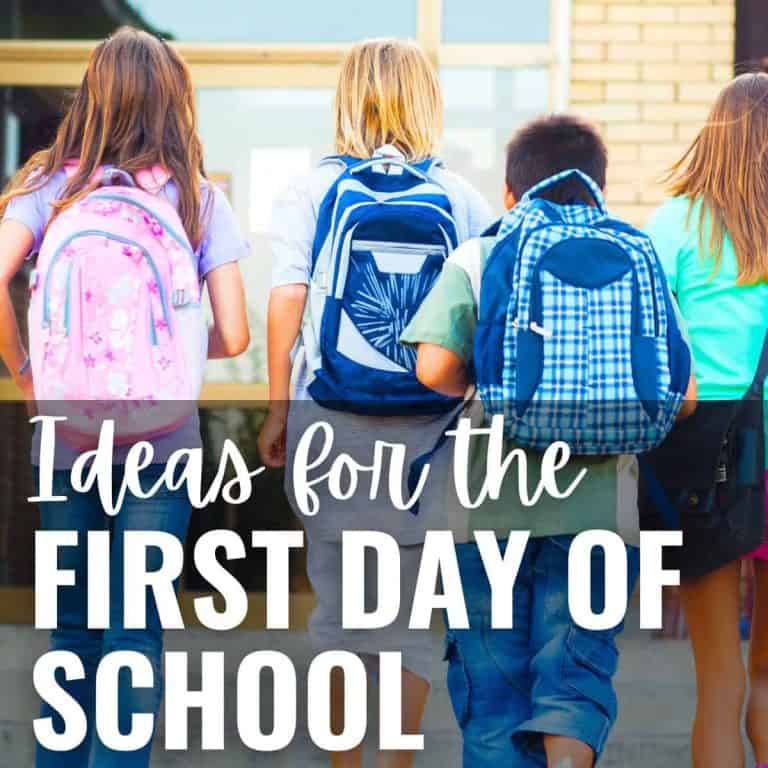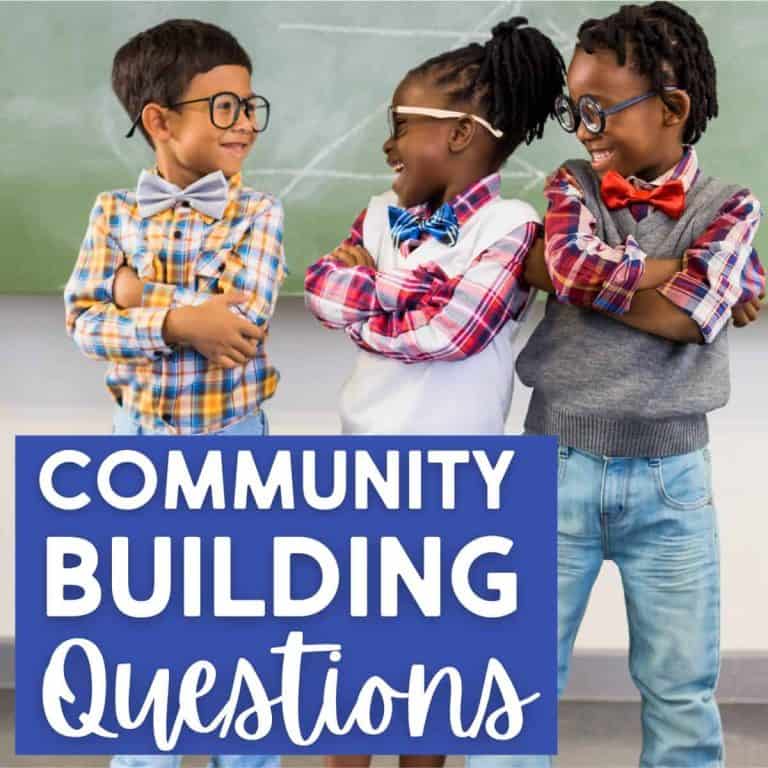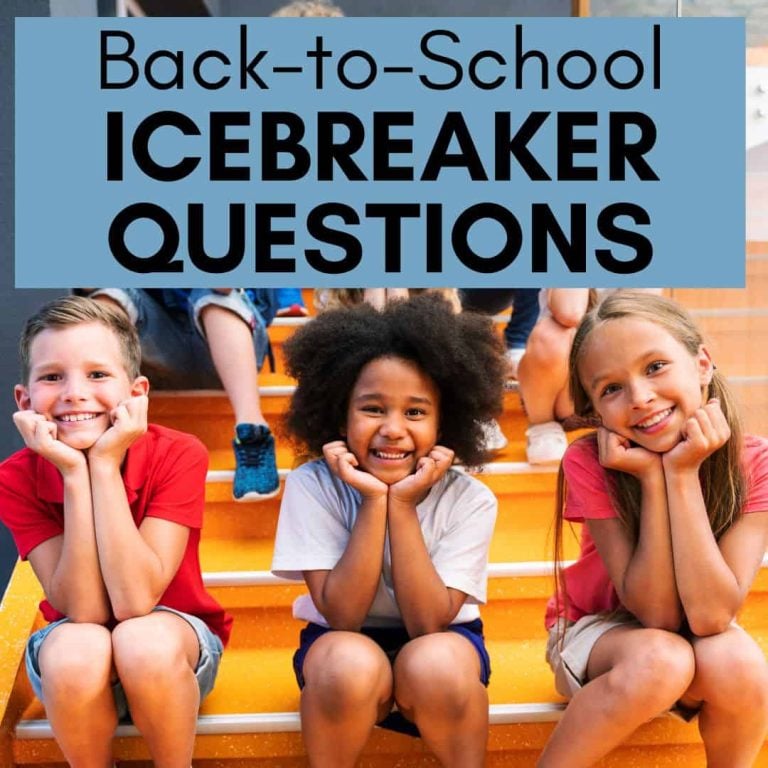Building Classroom Community with Beginning of the Year Anchor Charts
During the first few days of school, building classroom community is crucial. It is important to ensure that students not only understand their roles but also know how to make friends and establish connections. Additionally, brainstorming ways students’ parents can help them at home empowers students to ask for help when needed. By emphasizing these aspects in these beginning of the year anchor charts, teachers can help create a supportive and engaging school community where everyone feels welcomed and valued.

How do you build community during the first few days of school? Do students know what their classroom roles are, how to make friends, and how their parents can help them at home?
Beginning of the Year Anchor Charts for Building Classroom Community and Creating a Home-to-School Connection
These beginning of the year anchor charts photos are from when I taught 3rd – 5th grade many years ago. Just an FYI – they were taken before we had cell phone cameras. They’re blurry and not in the best shape, but I love the content of these anchor charts and keep going back to them each and every year!
These anchor charts were from my first six years of teaching. I used them to build classroom community and brainstorm school behavior. While upper elementary students need to be taught your classroom rules and expectations, they can engage in richer activities that go deeper to define their classroom roles and responsibilities in the classroom.
Building these beginning of the year anchor charts is a great activity to build community and brainstorm school behaviors, but they are also helpful to do mid-year to refocus students, too. Consider doing them after a holiday break or during the spring when students need a reset.
Brainstorm Ideas for What Makes a Good Friend?
How do students find good friends? How do they build friendships with each other? This is the list that my students came up with.

This was most likely part of a beginning-of-the-year unit in our reading program that I took to writing and color-coded to match our writing program, which at the time was Step Up to Writing. The yellow-lined blue words are the “reasons” for making good friends and the red are the examples for that reason.
This activity can easily transition to writing an opinion paragraph on the best qualities of a good friend. I often start our opinion writing with a web just like this one. For older students, provide a photocopy of the web and have them choose three reasons and generate examples for each reason. You can see some of the examples in red above. The best part is that each student will have their own opinion on the best qualities of a good friend.
Brainstorm The Roles & Responsibilities of the Teacher, Students, and Parents
This Roles and Responsibilities poster was completed over several days. We explored the jobs of all three major influences in students’ lives.
Day One: The Teacher’s Job
We brainstormed the job of the teacher on day one. That was an easy one for students! I love eliciting ideas from students because it tells me what they want from me this year. Each class will be unique and have different expectations of their teachers. While not all of their expectations are 100% accurate, it tells me where to focus and how to help my students feel successful in our classroom.

Day 2: Student Roles & Responsibilities
On Day 2, I had individual students write ideas about their job as students. They wrote one idea per sticky note.
Students then shared with their table group. Each table group chose a certain number of notes to share with the class (probably about 3). While sharing, we organized the notes by their common theme. Even though the words may have been slightly different, the ideas were similar.
You can see that the students thought the most important thing was for them to listen and pay attention, seconded by do my best work and be nice and make friends.
What a powerful way to see students’ ideas about a topic!
Using sticky notes like this allows each student to write his or her own ideas, collaborate with a small group, and see how their ideas are similar to the whole class. This sticky note activity can also be used within content areas, too.
Day 3: Parents’ Roles and Responsibilities
On the third day, we brainstormed parents’ jobs. This process helped students understand that we all have a role in their education. It’s not just about teachers standing up in the front of the room telling students what to do or parents sending their child to school and teachers teaching. It’s a community and we each have roles and responsibilities within it.
Not all students have parents who are willing or able to support them at home in these ways and not all parents support all their children in the same ways. I still think it’s worth creating a chart like this in the classroom. One, it recognizes what most parents do in their role and thus builds a common language for students. For students who do not have parents that can do these responsibilities, for whatever reason, the anchor chart gives those students the ability to recognize that missing piece and ask for help. It also allows the teacher to ask specific questions when she recognizes some gaps that might need to be filled. This roles and responsibility activity gives students the words to express their basic needs.
Content Area Anchor CHart Brainstorming
We completed the following anchor chart a little further into the school year. Again, using Post-it notes for reading and just plain brainstorming (with some think-pair-share routines) for writing and math.
Things I can do at Home for Reading, Writing, and Math
This would be a great poster to do before parent conferences. With technology now, it’s easy to photograph and give out during parent conferences. Parents can get some creative ideas from their own children about ways they can help at home!

You’ll often find that students know what they need to do to be good students. They just need a little encouragement and molding from the teacher to move down the right path.
Do you help students define their role in the classroom and take on more responsibility? I’d love to hear how in the comments!
More Back-to-School Blog Posts
If you’re looking for more ideas for back-to-school, check out the following blog posts to get you started!








I love what i read. Very interesting stuff. I am planning the questionnaire with my grade 5.Hopefully it will be a success. Thank you